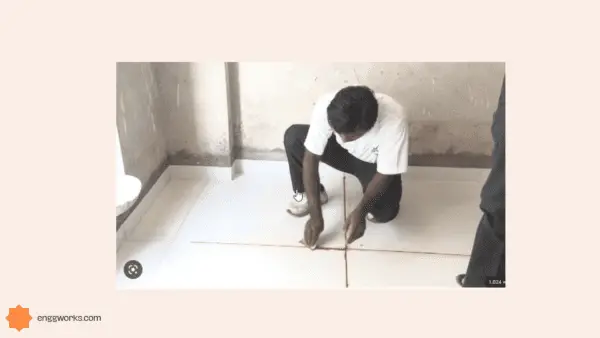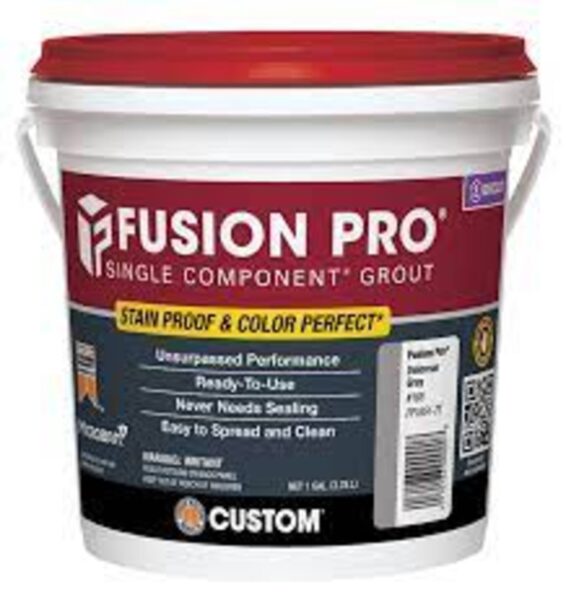There are various grouting techniques that are used widely that will depend on the type of grout being applied, the surface being grouted, and the project specifications.
Grouting is a widely used ground improvement technique in civil engineering, where a fluid mixture is injected into the soil or rock to fill voids, strengthen the ground, and enhance the overall stability of a structure. Grouting techniques are employed in a variety of applications, such as foundation reinforcement, seepage control, and soil stabilization.
Here are a few important grouting techniques:
Grouting techniques:
Permeation
This grouting technique involves injecting a low-viscosity grout mixture into the surrounding soil or rock, which then allows the grout to permeate it and fill any gaps or cavities. It is frequently used to regulate groundwater and stabilise soil.
Jet grouting
This type of grouting technique involves injecting the grout material under very high pressures through high-velocity jets so that they hydraulically cut, erode, replace, and mix with the existing soil to form very uniform, high-strength, soil-cement columns.
These too can be installed at inclined angles to underpin.
existing structures or overlapped to create seepage barriers, cutoff walls, or excavation support.
Like compaction grouting, jet grouting can be implemented both above and below the water table.
Tube-a-manchette
In soil improvement and foundation stabilisation projects, the pressure injection grouting technique known as tube-a-manchette grouting is frequently utilised.
It includes inserting a flexible tube known as a manchette into a borehole that has been bored into the ground.The tube-a-manchette grouting technique is particularly beneficial for enhancing the soil’s bearing capacity, stabilising the soil, and minimising settlement.
Moreover, it is frequently employed to stabilize underground buildings, retaining walls, and foundations. The technique may be tailored to fit a number of project requirements and is applicable to a variety of soil types, including sand, gravel, and clay.

The tube-a-manchette grouting technique operates as follows:
- The target depth and diameter of a borehole are determined before drilling begins.
- A flexible tube called a manchette is inserted into the borehole, and the top end of the tube is connected to a grout pump.
- Air pressure is used to inflate the tube, which seals it off from the soil around it.
- Grout is pumped through the tube and into the surrounding soil under high pressure, which causes the soil to be displaced and compacted.
- A compressed grout column is formed in the surrounding soil as a result of the tube expanding as the grout is injected.
- Until the grout column is the appropriate length or depth, the grout injection is continued.
- After that, the tube is deflated and taken out of the borehole.
Compaction grouting
This method involves injecting a high-viscosity grout mixture into the soil or rock under high pressure, which then compacts the soil or rock and fills the gaps or voids.
Compaction grouting is commonly used for soil improvement and to raise and support structures.It also improves the strength and stiffness of the soil by high-pressure injection of a cementitious grout mix through a small-diameter casing at a predetermined depth.
Displacement and compaction occurs as the casing is gradually removed and the expanded grout column is built from the bottom up in lifts.

Pressure injection lime grouting
In this method the lime slurry containing 0.3-0.4 kg lime per water and a surfactant is injected into soil under high pressure.

This is a special method used especially for expansive soils with cracks, fissures, root holes which are used as foundation for high structures, due to high pressure used in this method the expansive soils can be treated to greater depths.
Grouting techniques are an essential part of ground improvement methods, and the type of grouting chosen depends on the specific project requirements and the soil or rock conditions.







